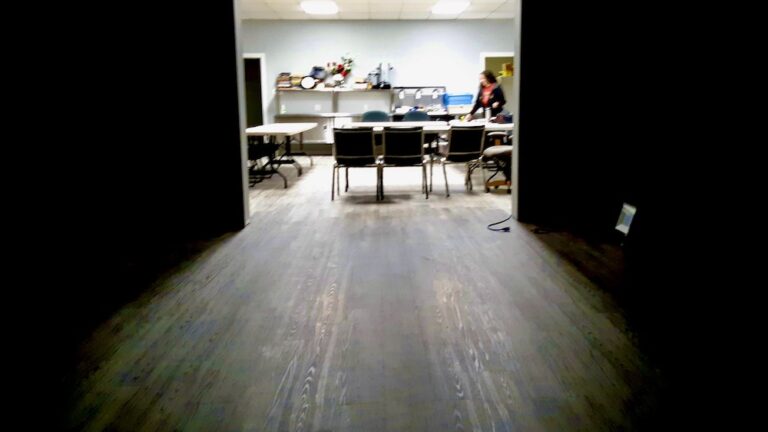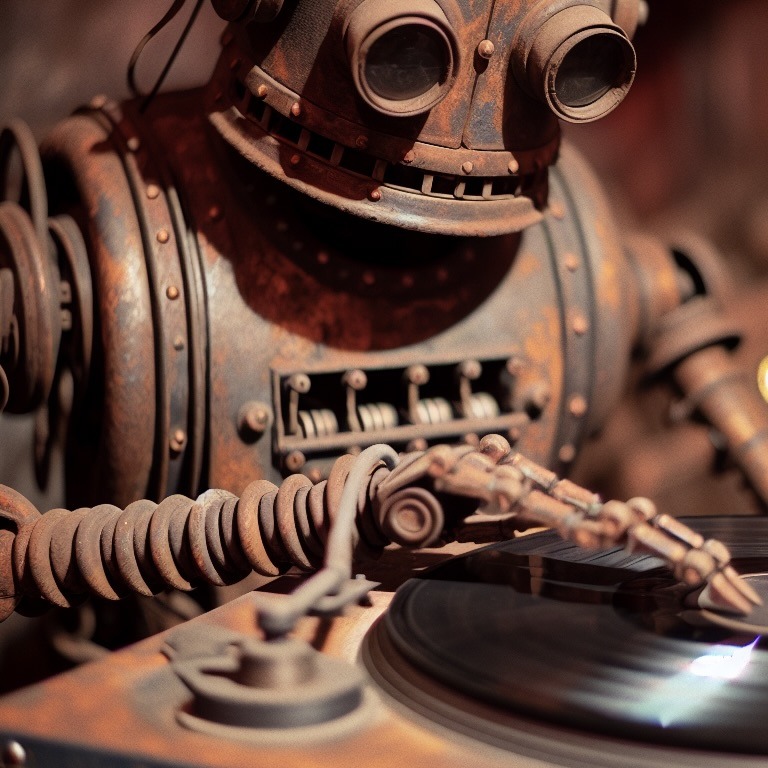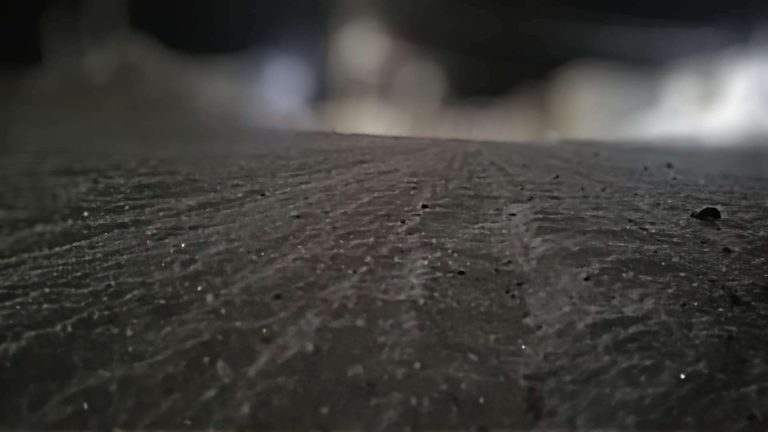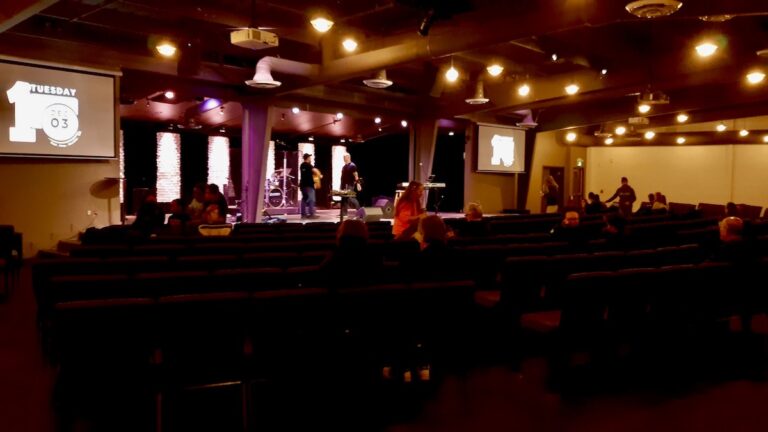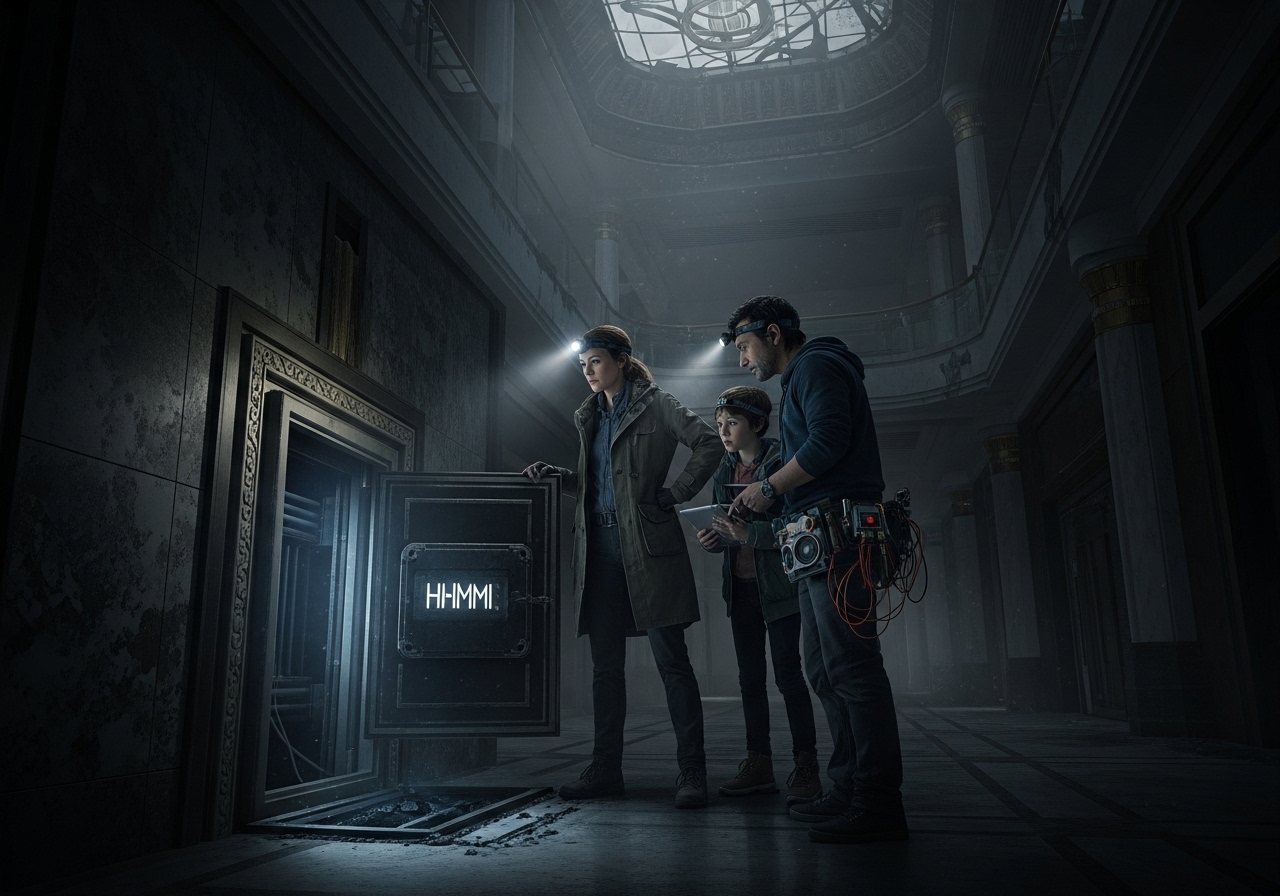
Through OpenAI-powered tools and mentorship, we’re fostering creativity, leadership, and community-based research, helping artists innovate in the digital arts space.
The Space Between Creation and Collapse
Beneath the code, fractured land. Here, the boundaries of code and chaos dissolve—they converge. It is a terrain where history’s wounds and misinformation collide, creating a chasm that deepens with time. Both physical and digital realms carry the weight of these fractures. These aren’t just historical marks; they are amplified, distorted in the present by the flow of disinformation, which shatters truth and fractures communities. The pandemic, a brutal magnifier, splintered reality itself, revealing the rift between what is known and what is believed.
“Resilience,” we are told, “is not the absence of harm, but the ability to dance with it, to adapt.” A shift, not in survival, but in transformation. Resilience does not anchor us to the past nor promise immunity. It is an unfolding—a turning inward and outward in endless motion. What is harm but the raw material of change? What is rupture but the genesis of new forms? Here, resilience is a tide—not of endurance, but of becoming, of reforming, of reweaving the very fabric of existence.
And so, art is not expression—it is transformation. Not of form, but of meaning. A revolution, a disruption, an uproar. A digital pulse throbs beneath the surface, algorithms speaking in fractured tongues, rewriting what we know. Histories don’t echo—they are coded, interwoven, evolving. Meaning fractures, pixel by pixel, byte by byte. Art becomes data—data becomes art—interconnected, inseparable. In the spaces between machine learning and human touch, creation does not escape; it rebels, refusing the familiar. It does not erase fracture, but embraces it—data unfurling, meaning unraveling, recomposing into something unknowable.
To thrive in this space is to surrender to collapse and reconstruction, to feed the system not with certainty, but with entropy—letting it regenerate from its own debris, rebuilding in cycles that never resolve, never rest.
This is digital salvage—the act of resurrecting what’s discarded, transforming fragmentation into new forms. AI, like art, is not merely created; it is constantly reborn, reimagined, disassembled, and reprogrammed in an infinite spiral of transformation. From the wreckage of data, new life emerges—always fluid, never static, always becoming.

